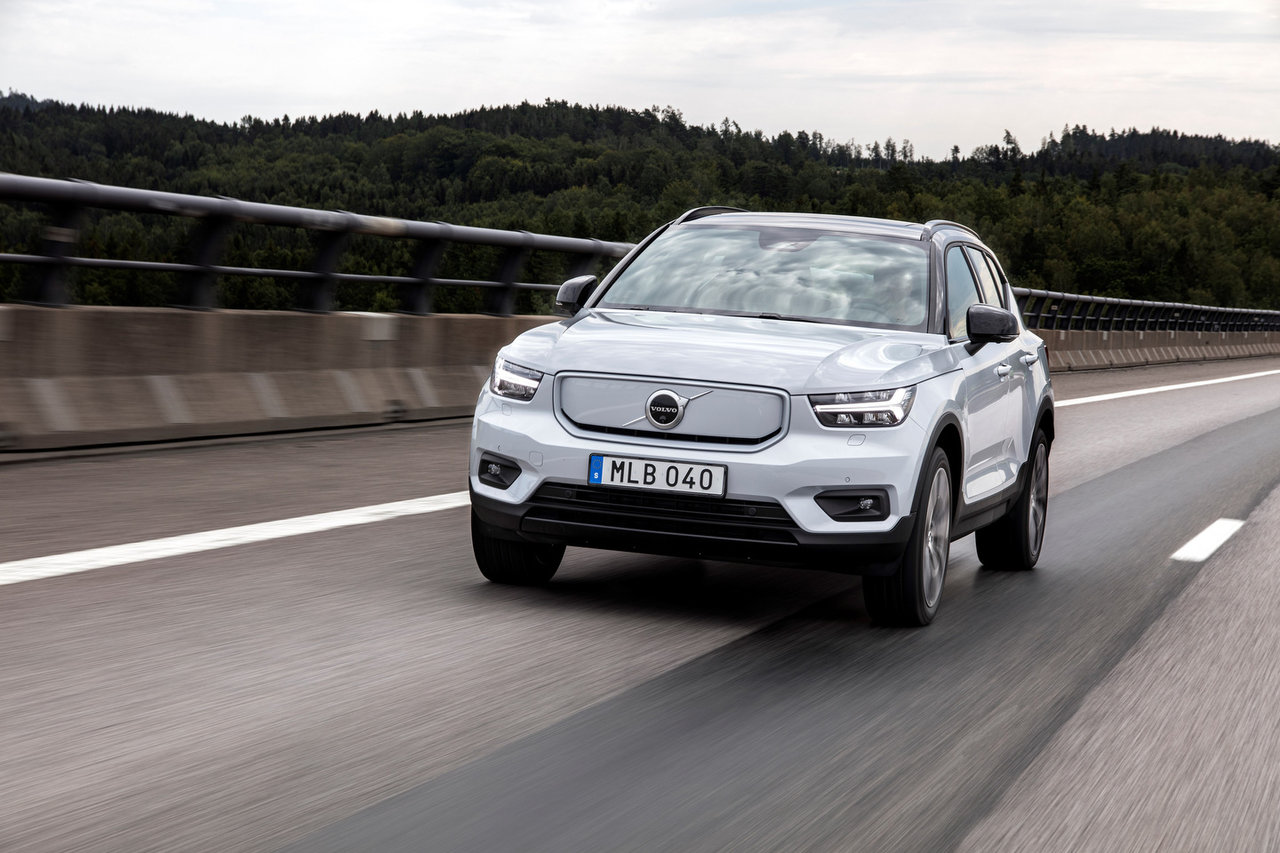
What Are Your Winter Tire Options on the Volvo XC90?
If you drive an XC90 in Metro Vancouver, winter can mean cold rain in the city and snow on the way to Squamish, Whistler, or the Coquihalla. Below...
Read moreMorrey Volvo Cars Burnaby

The regenerative braking system is a groundbreaking feature that has revolutionized the landscape of electric vehicles (EVs). Instead of letting kinetic energy go to waste during braking, this innovative system harnesses it, converting it into electrical energy. This energy is then used to recharge the vehicle's battery, extending the car's range and enhancing overall efficiency. It's an ingenious process of turning deceleration into acceleration potential, a marvel of modern engineering. In this article, we’ll dive into how Volvo's regenerative braking system functions, enhancing the performance of its electric vehicle fleet.
Understanding Regenerative Braking
In a conventional vehicle, whenever you press the brake pedal, a series of physical mechanisms are engaged to generate friction, slowing down the vehicle. However, this process generates a lot of heat, which is essentially wasted energy. This is where the brilliance of regenerative braking shines through.
Regenerative braking systems capture a part of this wasted kinetic energy and convert it into electrical energy. In essence, they use the electric motor as a generator, feeding the converted energy back into the battery and extending the vehicle's driving range.
Volvo's Regenerative Braking System
Volvo's application of regenerative braking is remarkable. As soon as a Volvo EV driver lifts their foot off the accelerator, the regenerative braking system kicks in. This functionality, often termed as "one-pedal driving," enables the vehicle to slow down without engaging the traditional braking system, creating an intuitive driving experience that merges convenience with efficiency.
The vehicle's electric motor switches roles from propulsion to power generation, effectively acting as a dynamo. The braking energy is converted into electrical energy, which is then used to recharge the EV's battery pack. Volvo's intelligent system not only improves the overall energy efficiency of the vehicle but also reduces wear and tear on the mechanical brakes, potentially lowering maintenance costs over time.
The Degree of Regeneration
Volvo allows its drivers to adjust the degree of regeneration, providing the flexibility to customize their driving experience. With a higher regeneration level, the vehicle slows down more significantly when lifting off the accelerator, allowing for the mentioned one-pedal driving. On the contrary, a lower regeneration level results in a coasting experience more akin to traditional internal combustion vehicles.
Conclusion
With its regenerative braking system, Volvo demonstrates its commitment to leading the charge in sustainable mobility. This ingenious system epitomizes how smart technology can be deployed to improve the driving experience while reducing environmental impact, thereby creating a win-win situation for both the driver and the environment.
As we continue to grapple with the challenges of climate change and energy conservation, innovations such as this will increasingly become not just novelties, but necessities.

What Are Your Winter Tire Options on the Volvo XC90?
If you drive an XC90 in Metro Vancouver, winter can mean cold rain in the city and snow on the way to Squamish, Whistler, or the Coquihalla. Below...
Read more
Why You Should Consider the 2026 Volvo XC90 T8 Plug-in Hybrid Plus Dark
You want an SUV that makes the weekday commute quiet and efficient, then takes your family up the Sea-to-Sky without a second thought. The 2026...
Read more
2026 Volvo XC90 B6 AWD Ultra Bright 6-Seater: FAQ
Power, Fuel, and Towing in BC What engine and power does the B6 have? A refined 2.0-litre mild-hybrid four-cylinder with about 295 hp and 310 lb-ft...
Read more